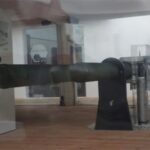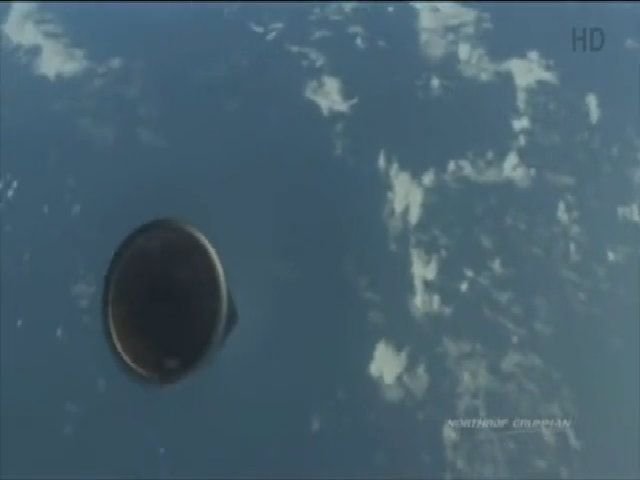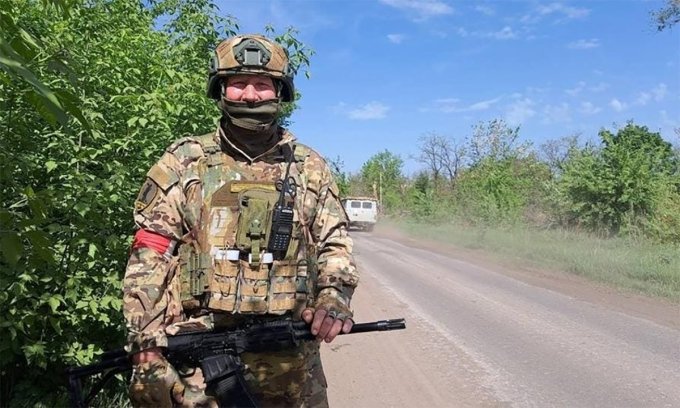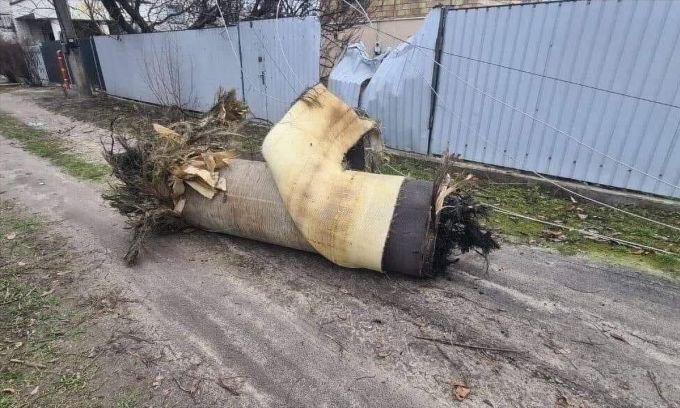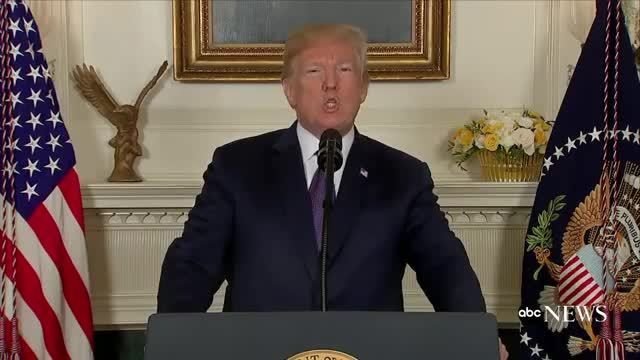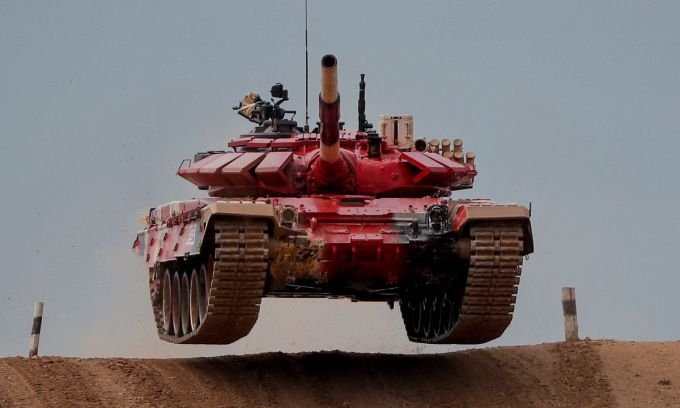The risk of nuclear war from America’s ‘super detonator’ bullets
The W76 warhead is used on the US Minuteman III missile
The new technology called `super detonator warhead` that the US applies in its nuclear force modernization program, helping to triple the destructive power of nuclear missiles launched from submarines, can increase the risk of nuclear missiles.
This device is officially called the `arming, detonating and firing system` (AF&F), including a detonator, a secondary target locking complex equipped with radar, a secondary fire system and a heat battery that provides
Super-fuze warhead technology was first deployed on the W88/Mk5 Trident II warhead, after the US military awarded a contract to Lockheed Corporation in the early 1980s.
Washington realized that the destructive power of the W76 could be significantly increased if equipped with a new warhead.
At that time, the W76/Mk4 model had a fixed fuse for high-altitude detonation, which could not be adjusted to the optimal position if the warhead fell too close or far from the target.

Super detonator warheads will make US missiles more dangerous than ever.
Since 2009, the AF&F super detonator has been integrated into the US Navy’s W76-1/Mk4A warhead in the nuclear force modernization program, extending the warhead’s operation for another decade.
This device greatly increases the chance of a nuclear warhead exploding at a close enough range to destroy the target, even if the missile system’s accuracy has not improved.
As a result, the US nuclear submarine force now has a much greater capacity than before to attack and destroy fortified targets, such as Russian intercontinental ballistic missile silos.
John Baker, a scholar at the Plowshares Foundation, affirmed that increasing the destructive capacity of nuclear warheads shows that the US is preparing for a pre-emptive nuclear strike against Russia, even though in reality they have no plan.
If Russia doubts America’s intentions, especially at a time of crisis, the outcome will be disastrous.
The US and Russia are both deploying nuclear missiles in an unnecessarily high state of combat readiness.
Russia only has a maximum of 15 minutes from the earliest warning of a nuclear attack until damage occurs.
Because the US’s pre-emptive strike aimed to eliminate the possibility of retaliation, Russia had only a few minutes to make a decision to respond.
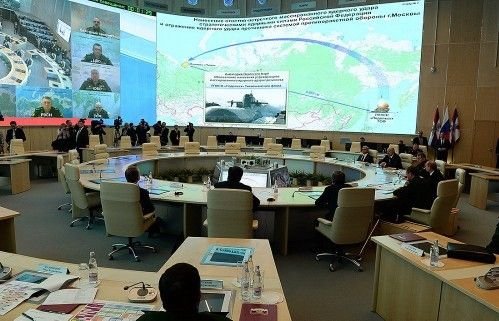
The Russian command would have to react faster to a pre-emptive strike, so it would be easier to make mistakes.
Despite the kind words that US President Donald Trump and Russian President Vladimir Putin have for each other, US-Russia relations are at their lowest point in decades.
The strategic risks of this type of warhead make reducing nuclear arsenals and rebuilding trust between the two countries more important than ever, expert Baker emphasized.
